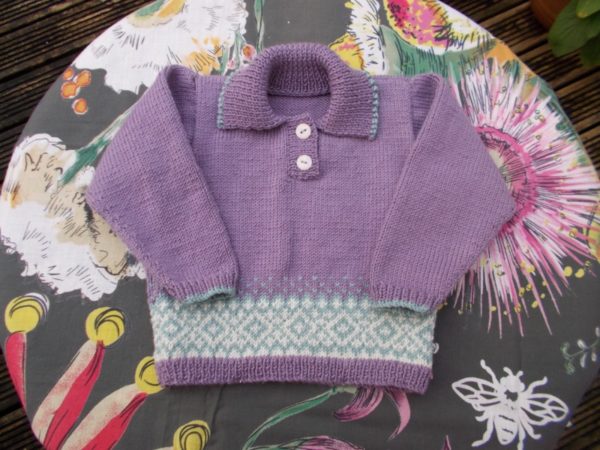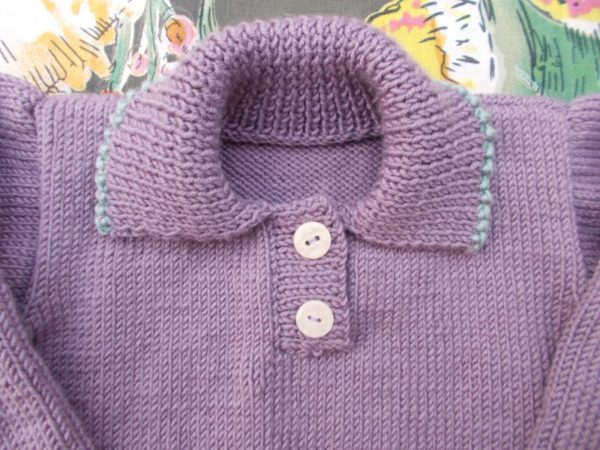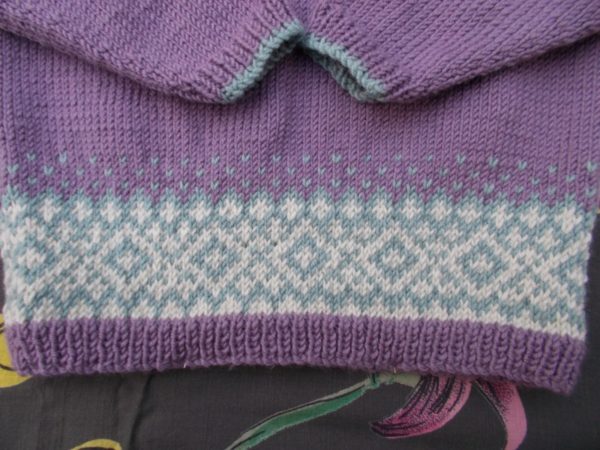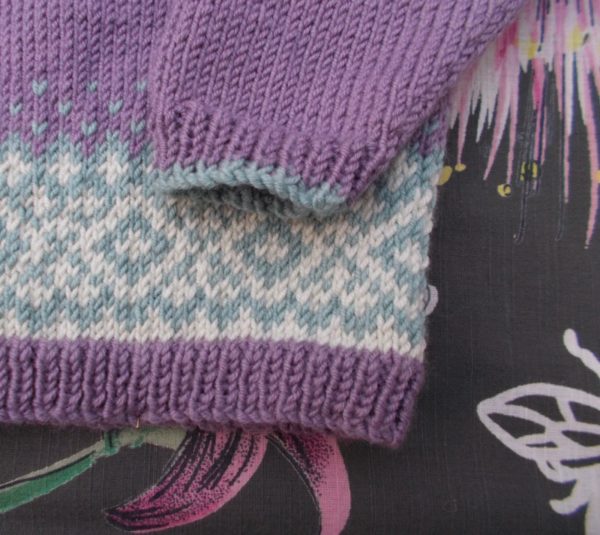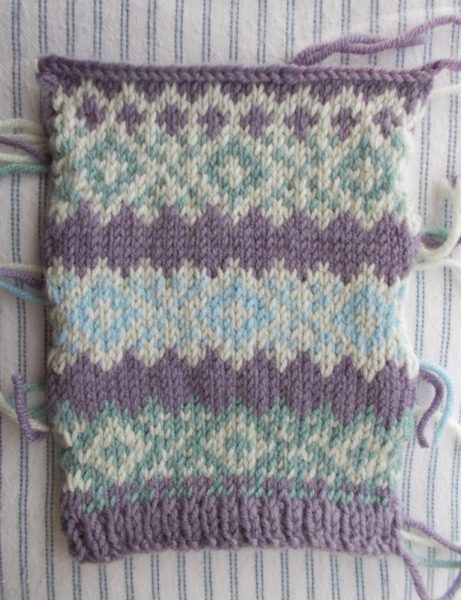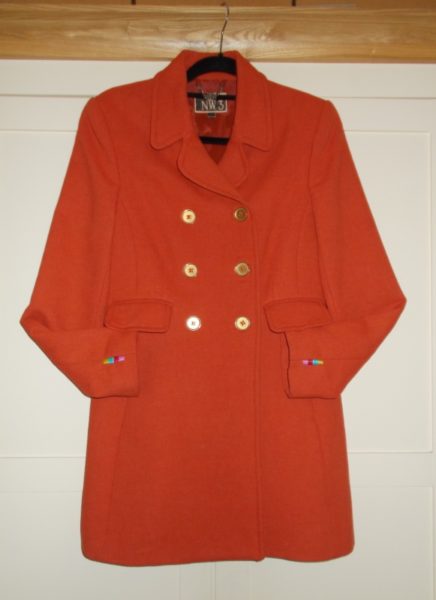
Military style darning for a military style coat
Thoughts of things long promised to be done but not done sit incubus like at the back of the mind creating a little spot of festering irritation. Well, perhaps I exaggerate but daughter No 1 did leave this coat with me at the end of summer 2019 asking me to darn and conceal a very small (and it was very small) but almost perfectly geometric single moth hole. I knew it was only a small job and the hole itself was soon darned but the bit that got me stuck was trying to work out with what sort of embroidered motif should I hide the darn.
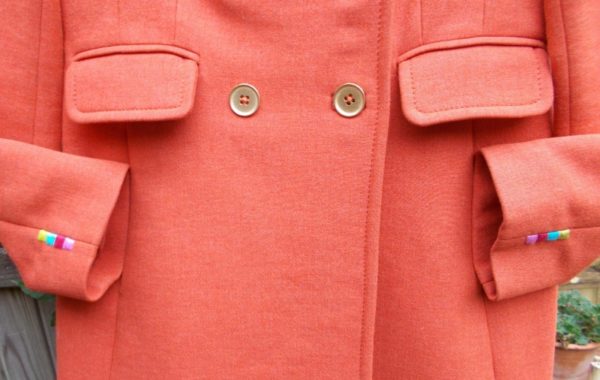
Details of satin stitched bars embroidered over a moth hole (the other sleeve was perfect but done to match in the interests of symmetry
I was tempted by a honeysuckle sprig (and I’m always tempted by honeysuckle sprigs – see photos below) and feathers (ditto) but both felt lazy choices and inappropriate for a slightly military looking coat with a double row of brass buttons and symmetrical pockets with pocket flaps. (Interesting detail detour – the Prince of Wales apparently dislikes pocket flaps to such an extent he always tucks them in so they are almost invisible. Good job I’m not his mother – they’d have been sent to me for removal.)
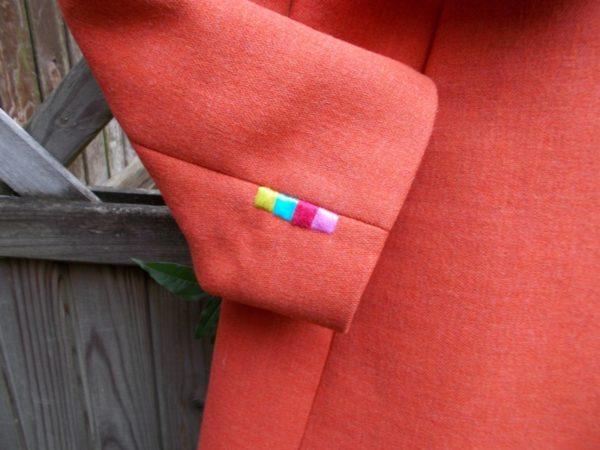
Detail of satin stitch bar embroidered over moth hole
Then suddenly, one day I had an idea and as ever, it was along the lines of ‘less is more’. Perhaps recently seeing all those veteran servicemen with their medals and ribbons had taken root, though I realised the bright coloured ribbons interested me as much as the medals dangling from them. Hence, four little embroidered squares now decorate each sleeve of daughter No 1’s coat. To ensure depth of colour I laid satin stitches one way and then went over these with another row of satin stitches the other way.
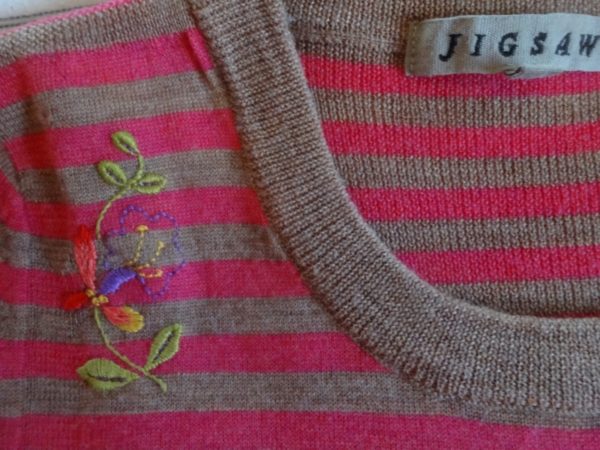
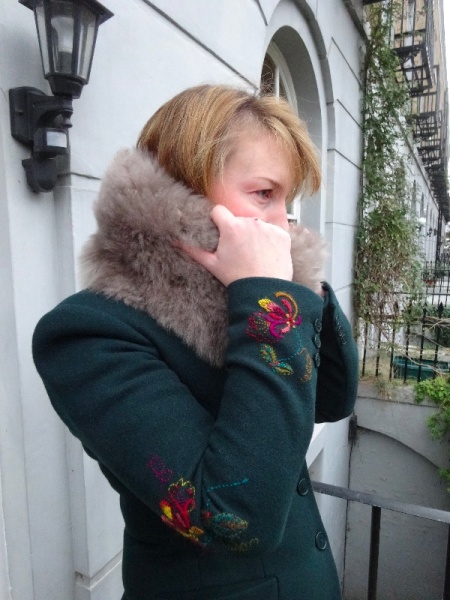
Honeysuckle embroidered sleeves on winter coat (hand embroidered by Mary Addison)
Bless her, daughter No 1 never nags me – she’s has probably even forgotten she’d left the coat with me. As it is more of a coat for spring days rather than deep winter, I am determined to get it to her for the spring to come. My husband has another appointment at Moorfields Eye Hospital just before Christmas. I haven’t accompanied him recently because of lockdown but perhaps I’ll go this time and while he goes to the hospital, I can take the coat and Christmas presents and sit on the steps outside the house and chat with daughter No 3 (which I think should be in keeping with the relevant Covid restrictions). May it not be raining … or snowing!
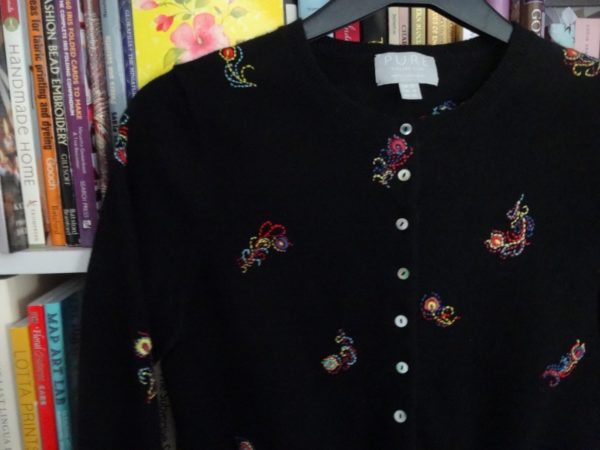
Pure cardigan: multiple moth holes darned with little dancing feathers
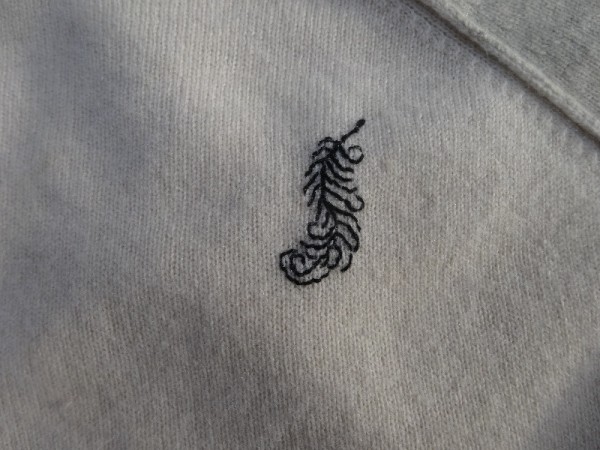
Another Jigsaw jumper with a bit of feather darning
For the serious darners among you I recommend Mend and Patch: A Handbook to Repairing Clothing and Textiles by Kerstin Neumüller. The sections on knitted patches and repairing knitting with swiss patterned darning are very helpful and take darning and mending to something a bit more than just repair which is the sort of mending I like best. The parachute mender’s stitch is also utterly brilliant. Kerstin learnt it from a friend who did his service for the Swedish Armed forces with the Parachute Forces and was taught how to do it as part of his training. Described as a heavy duty repair for situations where you want to solve the problem quickly, the stitch is excellent for tears in materials like tents, rucksacks, trousers, jackets and possibly even parachutes. The soldiers were taught it one day, left to get on with it, and then the next morning the officers returned and pulled and tugged the repair to see if held up. If it didn’t, it had to be done again, and possibly again until it passed inspection.
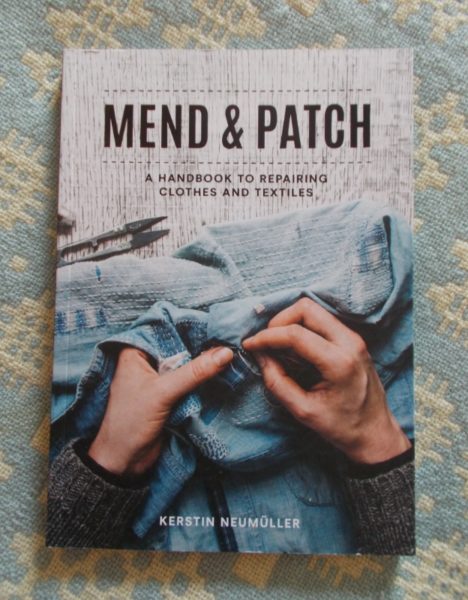
Mend and Patch by Kerstin Neumüller (pu. Pavilion 2018)
For the Parachute Rangers’ Stitch: with the tear vertical in front of you and with a knotted piece of thread, take a stitch about a quarter of an inch to the left of the tear. Slip the needle under the tear and bring it out about a quarter of an inch to the right of the tear. Dipping under the tear, now bring the needle and thread up on the left side, as close as possible to the first stitch you made. Do this repeatedly and you will see it’s like sewing little figures of eight. don’t pull threads too tight. The idea is to align the two sides of the tear, not to overlap them. A great stitch which everyone should learn and perform at least once in a lifetime!
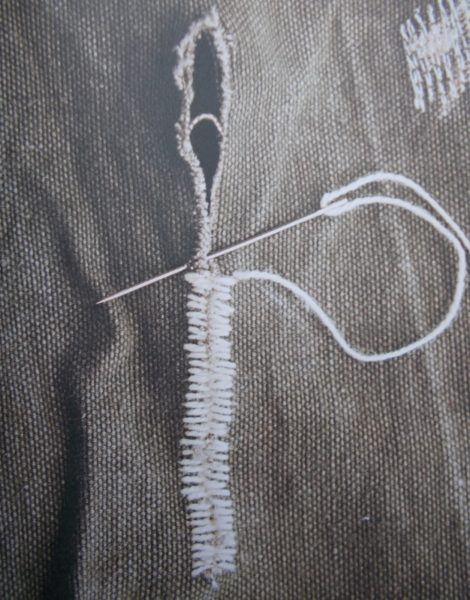
The Parachute Ranger’s Stitch (from Mend and Patch by Kerstin Neumüller; pub Pavilion 2018)
Here is a fun little cutting from The Times of 11 November.


